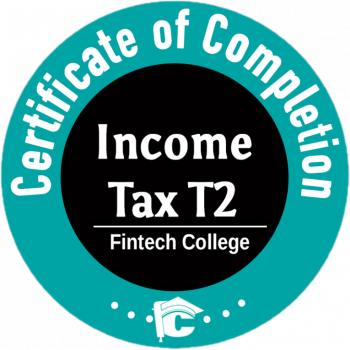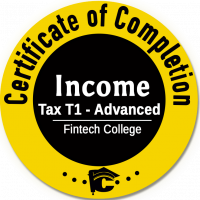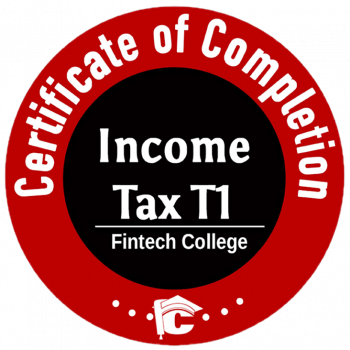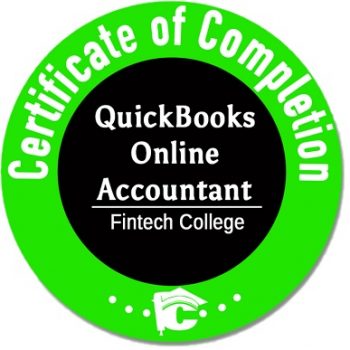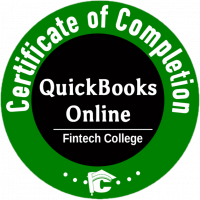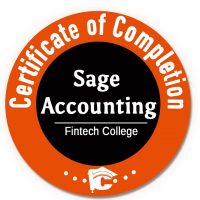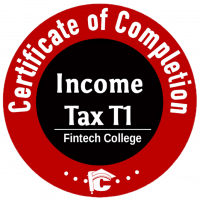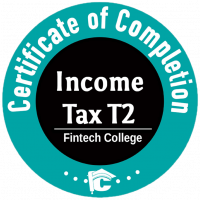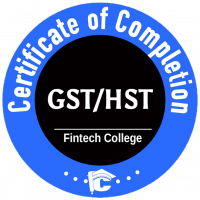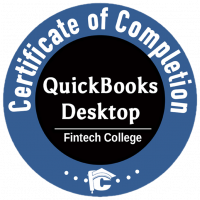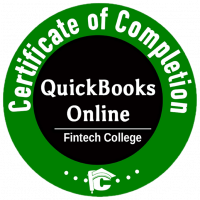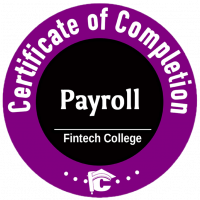r
Welcome to the Personal Pitch, Module

A elevator or personal pitch is your way of giving someone a concise overview of your experience and skills as a candidate. It is called upon throughout the job search process, whether to introduce yourself as a potential candidate over the phone or at a career fair, in an informational interview, or to answer common interview questions (“Tell me about yourself”). It will help you organize your thoughts and clarify your job target and marketable skills.
We will be looking in 5 sections of Personal or Elevator Pitch?
- Why a Personal Pitch
- What to include in your personal pitch?
- What formats can the personal pitch be in?
- Where to use it?
- Examples of Personal Pitch
Below we will examine details of each section
1. Why a Personal Pitch?
Have you ever been put on the spot and had to introduce yourself in a professional setting?
If so, you probably know how hard it can feel to sum up your background and expertise in just a few sentences. That’s where an elevator pitch comes in.
- Your elevator pitch tells people in a brief moment who you are, what sets you apart, and where you want to be.
- Having an elevator pitch is important, even if you’re not actively searching for a job. Being clear about your strengths and goals is helpful – not just for you, but so others can quickly understand if you’re a good fit for an opportunity.
- Your elevator speech should be about 30-45 seconds in networking situations and a minute to a minute and a half in an interview where you may need to go into a bit more detail to convey your value and background.
2. What to include in your personal pitch?
Your elevator pitch should answer questions like who you are, what you do and what value you can bring to a prospective employer.
Follow these steps to create a compelling elevator pitch.
- Start by introducing yourself
- Provide a summary of what you do
- Explain what you can do
- Finish with a call to action
Start by introducing yourself
As you approach someone to pitch to, whether at an event, interview or networking function, start with an introduction. Give your full name, offer a strong handshake and ask the other person about themselves. This is a good way to make a positive first impression.
Explain what you can do
This step depends on what you’re using the pitch for. The main talking point of your pitch could be a consideration for a job opportunity or an internship or simply to get contact information. This is a good opportunity to explain the value you bring, why you’re a good fit for a job or what an audience has to gain from your interaction and what you have to offer.
Provide a summary of what you do
Provide a brief explanation of your background. You should include the most relevant information such as your education, work history and any of your key specialties or strengths. If you’re unsure what to include, try writing everything that comes to mind on a piece of paper. After that, review what you’ve written and remove everything that’s not absolutely critical to explaining your background. Instead, focus on why you have what they may be looking for.
Consider the most essential items on your resume. Once you’ve got it down to just a few points, organize them in a way that makes sense in your story.
Finish with a call to action
You can finish your elevator pitch by asking for what you’d like to happen next. Examples include asking for a meeting, expressing interest in a job, confirming you’ve fully answered an interview question or asking someone to be your mentor.
When asking for what you want out of your career, it’s important to give the conversation an action item that the other person can use to keep talking. If you’ve just met the other person, make a simple request that requires little on their part.
If they agree to your request, be sure to thank them for their time and get their contact information. End the conversation with a concise and action-oriented farewell. If they don’t agree to your request, gracefully end the conversation on a polite note and ask if they’re willing to consider reconnecting at another time.
3. What formats can the personal pitch be in?
- Writing
The first this you need to do when you create a personal pitch video is write a script. Your pitch video should be 30-60 seconds long, which would be about 160-190 words.
2. Filming
Now that you have a script, you can begin filming. Watch the video and read the steps below to find out how to film your video.
3. Editing
Now that you have filmed your video, you can edit it to make it look professional. Watch the video and read the steps below to find out how to edit your video.
4. Publishing
Publish and upload the video to a platform such as YouTube or Vimeo. Make the video unlisted so that only those who have the link can view it.
4. Where to use it?
- You can prepare for interviews by reviewing the information included in your pitch.
- Talking to exhibitors at a career fair
- Meeting new people at networking events
- Answering the classic interview opener “So tell me a little about yourself”
- It can form the basis for the personal summary of your CV (with some adjustments)
- And yes, maybe even a chance encounter with a hiring manager of your dream company
5. Examples of Personal Pitch
Hi, I’m [Your Name], a Accounting and Payroll student with a strong passion for Accounting, Bookkeeping, Payroll and Taxation. In my coursework, I’ve gained hands-on experience in maintaining books for small businesses.. I’m driven by a desire to make a career in Accounting and Payroll, and I’m actively seeking opportunities to apply my skills in a real-world setting. Whether it’s through internships, projects, or collaborations, I’m excited about the chance to contribute and learn in a dynamic environment. Let’s connect and explore how my enthusiasm and skills can be an asset to your team!”
“Hi. My name is [Your Name]. Thanks so much for sitting down with me today. After graduating with my Diploma in business administration, I’ve spent the last three years building professional experience as an executive assistant. I’ve successfully managed end-to-end event coordination and have generated a strong professional network with my colleagues. I was excited to learn about this opportunity in the sports management space. I’ve always been passionate about the sports bring cultures together and would love the opportunity to bring my project management and leadership abilities to this position.”
Hi, I’m [Your Name], a freelance bookkeeper who specializes in working with small business owners. I can help you save time and money on your taxes and provide the financial insights you need to make smart business decisions. Now that I have my Diploma in Accounting and Bookkeeping, I am ready to dive deeper, open to opportunities at Small businesses. I am exploring positions where I can use my problem-solving, leadership, and lean-thinking to drive organization growth and empower teams to reach their potential.
How to decide, what to study? Our Student Success Advisors are ready to help.

